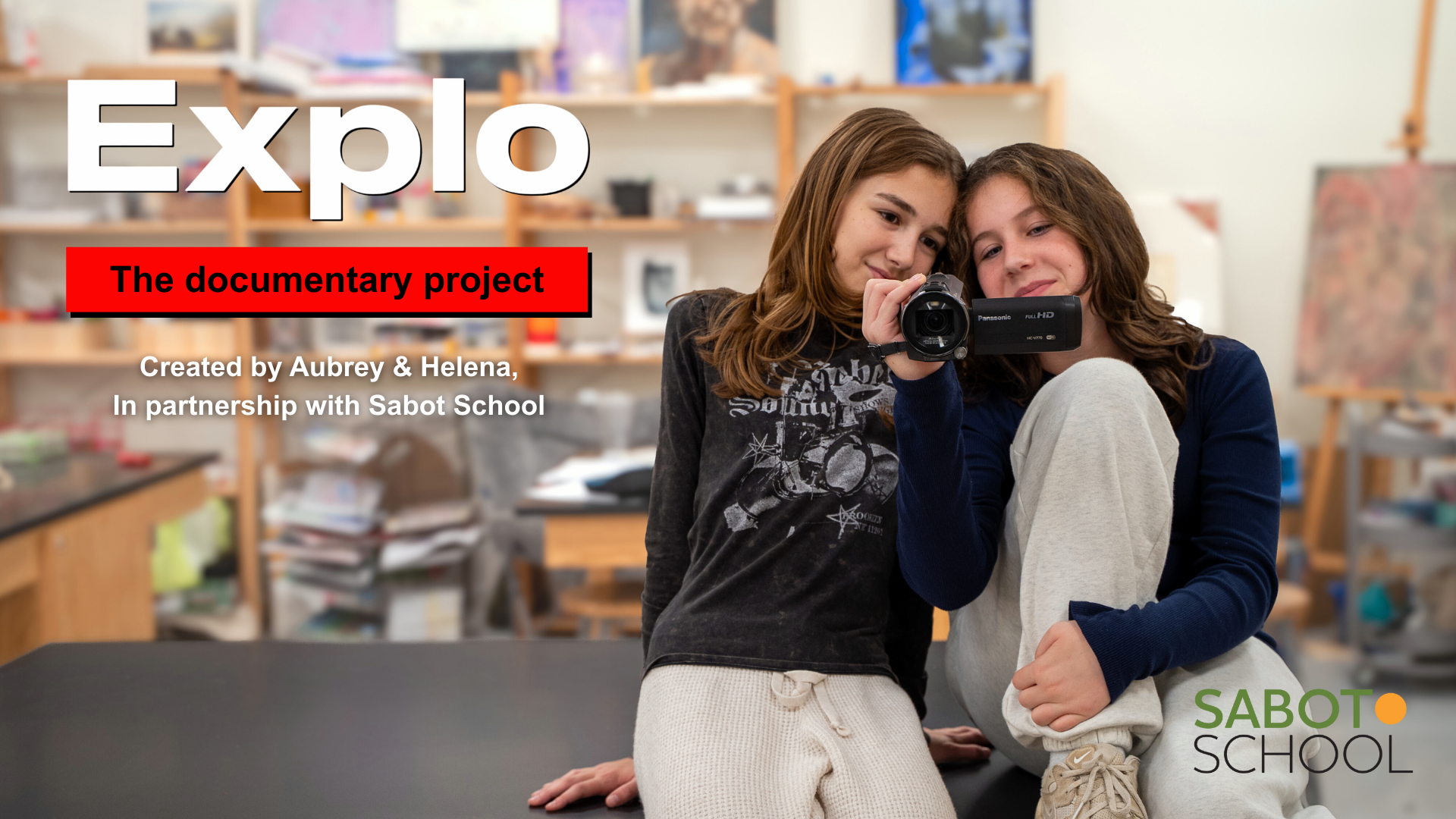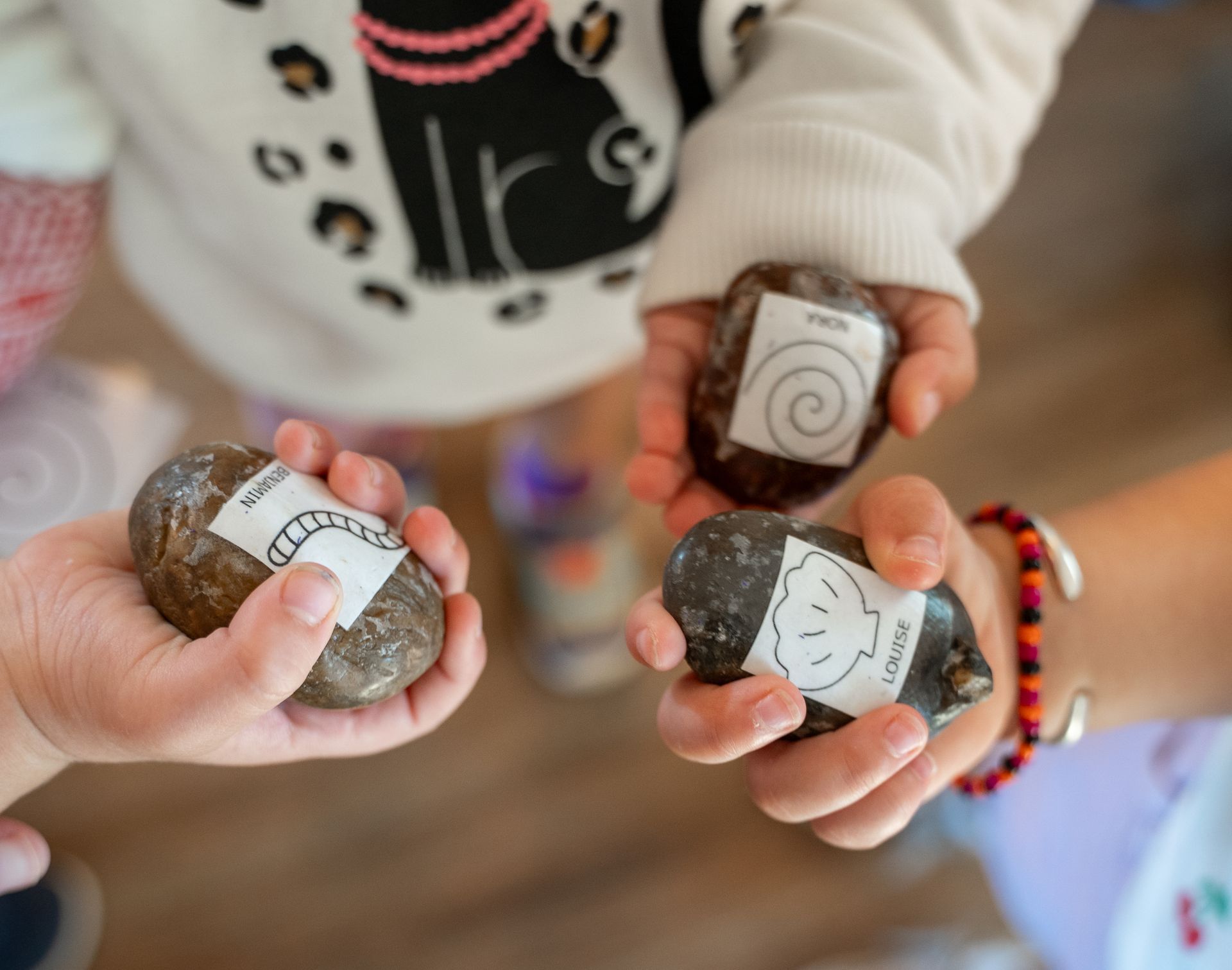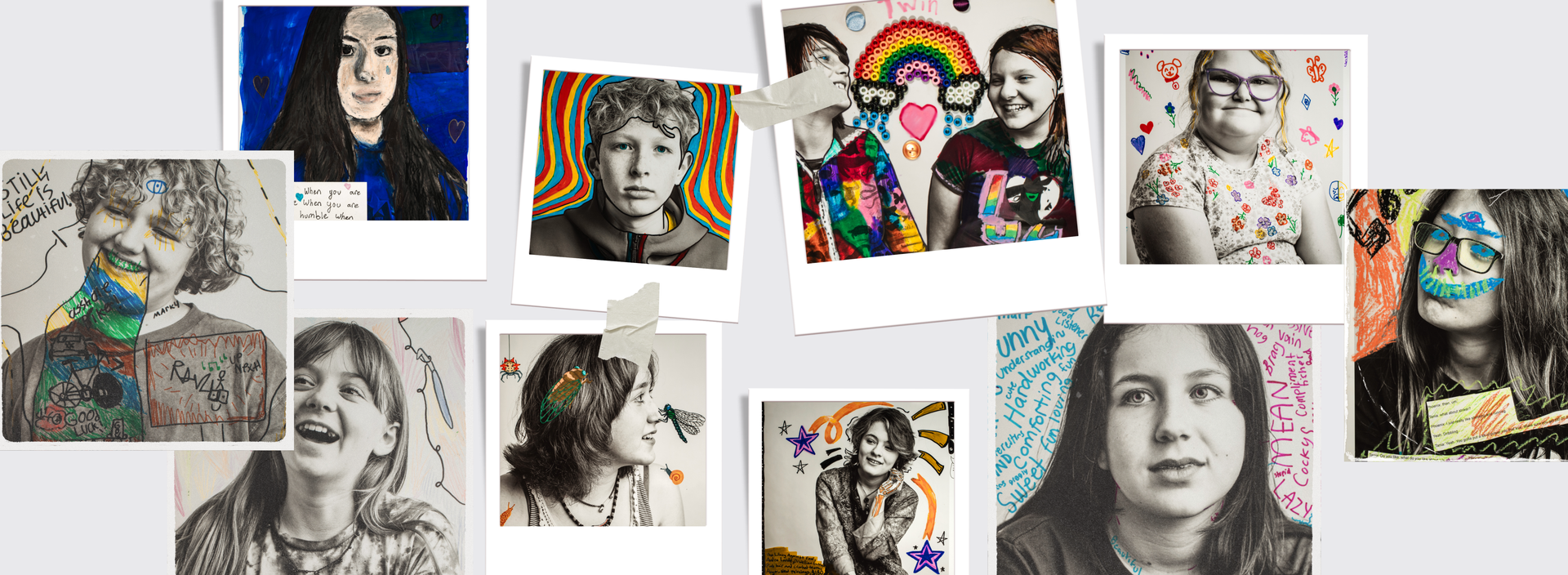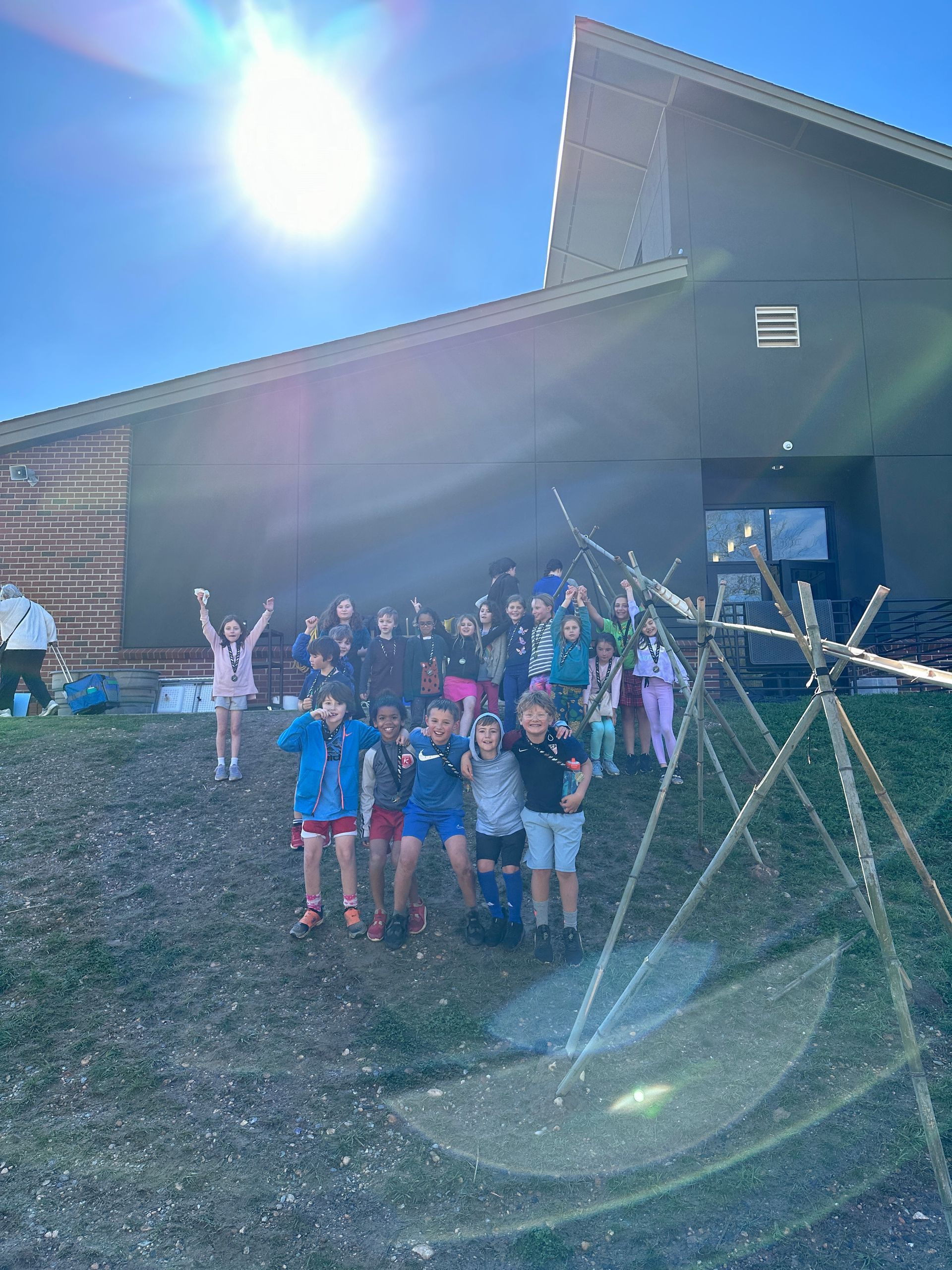Building Empathy at Home
by Ann Reavey, School Counselor
 As a Reggio-inspired school,
relationship and connection are essential parts of the Sabot experience. Learning happens best through co-construction, which requires the development of metacognitive skills, is fueled by inquiry, and is carried out through interaction with each other and with the environment. All of this is undergirded and supported by the practice of empathy.
As a Reggio-inspired school,
relationship and connection are essential parts of the Sabot experience. Learning happens best through co-construction, which requires the development of metacognitive skills, is fueled by inquiry, and is carried out through interaction with each other and with the environment. All of this is undergirded and supported by the practice of empathy.
Teachers help develop empathy in students as they prompt children to reflect on perspective – throughout the curriculum and across the grade levels. When a teacher asks a student to stand in someone else’s shoes, the practice facilitates a shift in orientation that allows for new perspectives, creative connections, and co-construction of knowledge.
As teachers continue this important work of empathy building and reflection through connected learning, parents can offer support at home as well. Here are a handful of simple tips for varying ages that can help build empathy.
Help your child notice and name emotions. Offer prompts such as “I notice that your face is tense and your voice is loud. It looks like you’re angry. Is that right?” Let your child express how they feel before you pivot to asking how they think someone else feels.
Facilitate perspective sharing. Once your child can identify how they feel in a situation, ask them how they think the other person feels. “I hear that you felt angry when Laura took your Legos, how do you think she was feeling when you knocked her tower down?”
Play Feelings Charades. Demonstrate an emotion without words but with facial expression and body language. Also have your child guess your emotion while reading a sentence with varying tones and facial expressions.
Use emotion words. Normalize feelings, even powerful ones. Build your child’s emotion vocabulary by moving beyond mad, sad, happy, surprised, and disgusted. Michigan State University provides a great list of emotions .
Look at a baby or a pet to explore how we express and read emotions. This is super fun and a great way to practice reading non-verbal cues.
Provide some empathy preparation before video conferencing. Prior to video chatting with extended family, ask how your child thinks the family member might be feeling. “Grandma got the card that you sent, how do you think she will be feeling?” “Uncle Joe just got off his shift an hour ago, how do you think he will be feeling? What are some signs that will tell us that he needs to leave the call?”
Explore empathy through literature. When reading with a child, ask about how they would feel in a character’s situation. Would they act differently?
Be Feelings Detectives. After reading a story or watching a show, use props (shoes, hats, etc.) to help kids get into character and explore how a character might be feeling.
Have a family debate on an issue. Civil dialogue, which involves empathy, is a skill that we all could stand to practice. Topics can be family issues (allowance, chores, etc.) or current issues (relaxing of stay-at-home orders, government relief money for franchises, etc.).
Practice kindness. Mow a neighbor’s lawn. Pick up groceries for someone on your block who is immune-compromised. Sew masks for family, friends, and neighbors. Send a kind message to someone who needs a boost. Talk to your younger children about filling people’s buckets. (Watch a video of the book Have You Filled a Bucket Today? )
Value kindness and generosity. You can demonstrate that you value kindness by practicing it as a family. Here are some ideas for creating opportunities for kindness that can be adapted for the home. Make sure you talk about times when someone has extended you kindness and what it meant to you.
Play cooperative games. These games leverage collaboration, not competition, and can be super fun! My favorites right now are Space Team and Forbidden Island. Here are some other game ideas .
Books for more information:
- Unselfie: Why Empathetic Kids Succeed in Our All-About-Me World by Michele Borba
- The Heart of Parenting: Raising an Emotionally Intelligent Child by John Gottman
- I Think You Are Wrong (But I’m Listening): A Guide to Grace-Filled Political Conversations by Sarah Stewart Holland & Beth Silvers
- Reclaiming Conversation: The Power of Talk in a Digital Age by Sherry Turkle
The post Building Empathy at Home appeared first on Sabot at Stony Point.
SHARE THIS POST

















